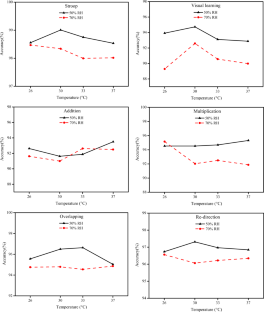

The camera deems what it considers to be the correct exposure, and then it will display an exposure range that typically covers 2 or 3 stops above and below this.
#CHANGES FROM EXPOSURE X FROM EXPOSURE 7 MANUAL#
Understanding manual exposure: 02 Keep an eye on the exposure levelĭon’t be fooled by the name ‘manual mode’ when it comes to setting exposure, you can still use your camera’s exposure level as a guide. SEE MORE: What is a raw file in photography?

Taking these things into account should allow you to restrain your sensitivity value. This may work in some circumstances, but you’ll end up with images that look very similar to one another and they’ll likely have a lot of noise because you’ll have to increase the sensitivity value.Ī better approach is to take some time to consider how much depth of field is required for each shot and what shutter speed you need for sharp subjects and to avoid blur from camera-shake. It can be tempting when you first start using manual exposure mode to try and get everything sharp with small aperture settings and freeze any movement with very fast shutter speeds.

It might be a bit overwhelming the first few times you use, it so we’ve put together a quick list of best practice advice to help you gain confidence! Understanding manual exposure: 01 Find a balance What is manual exposure mode and how can it open up your photography? If you want to control both depth of field and movement blur, your camera’s manual exposure mode is the best choice because it allows you to set both the aperture and the shutter speed.


 0 kommentar(er)
0 kommentar(er)
